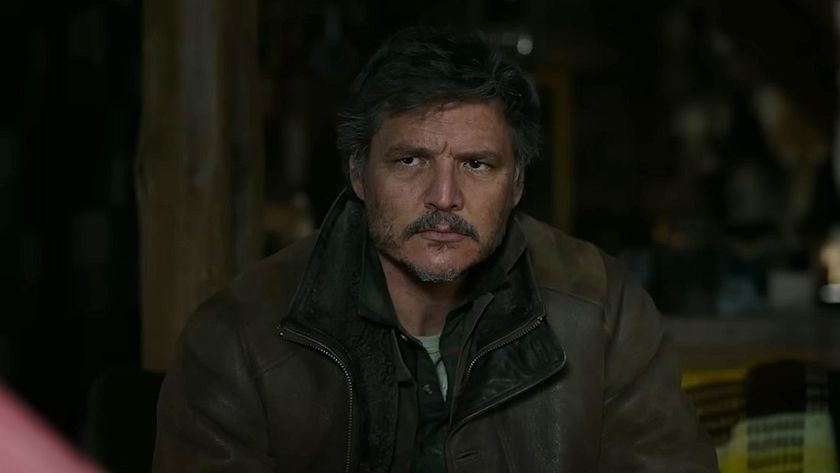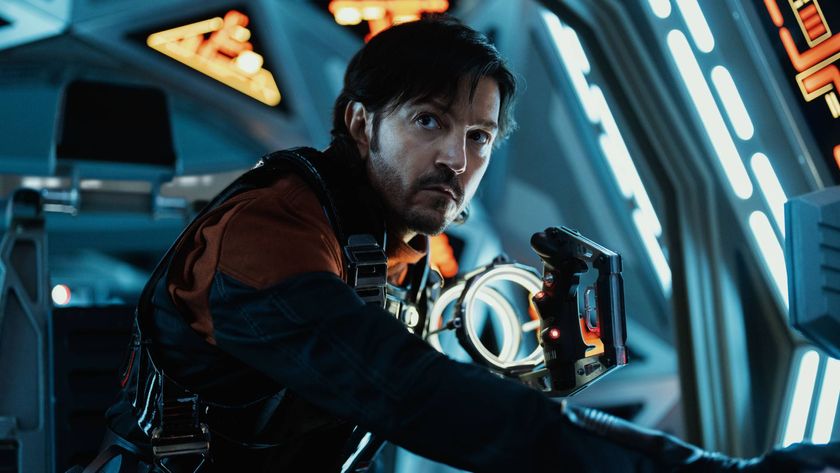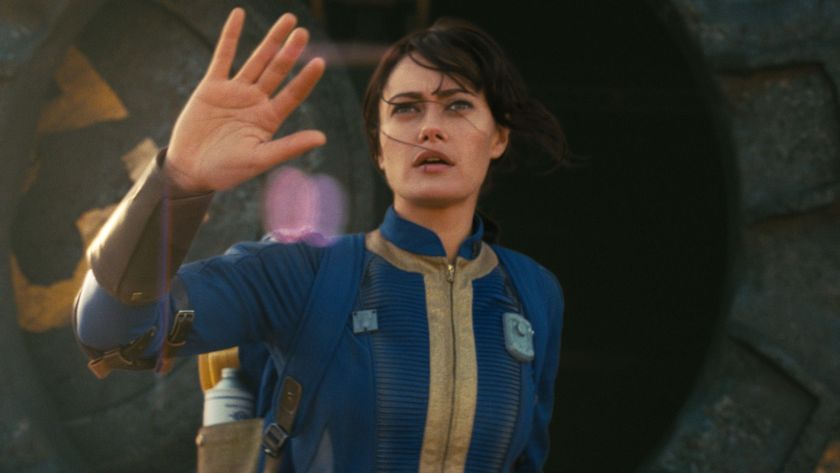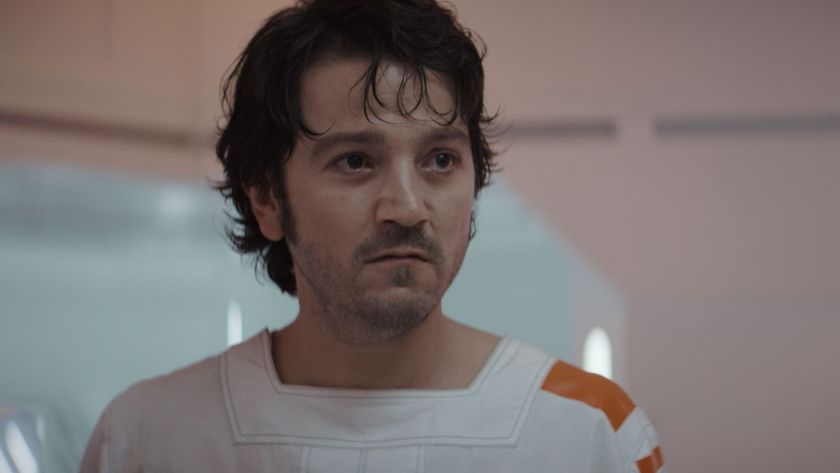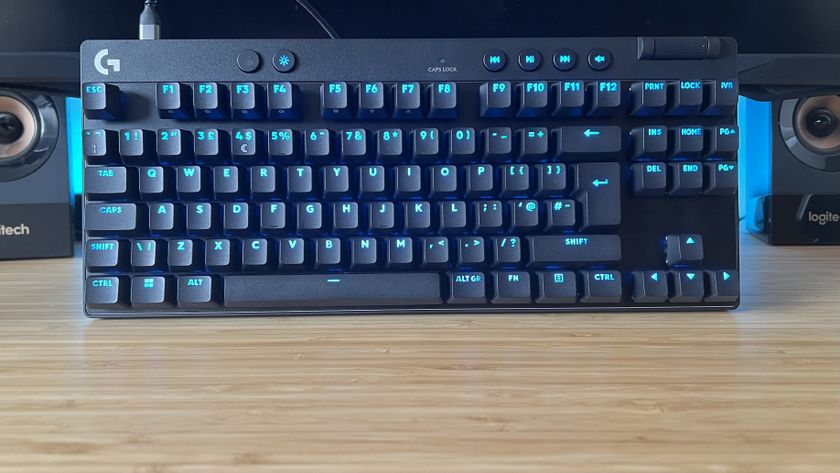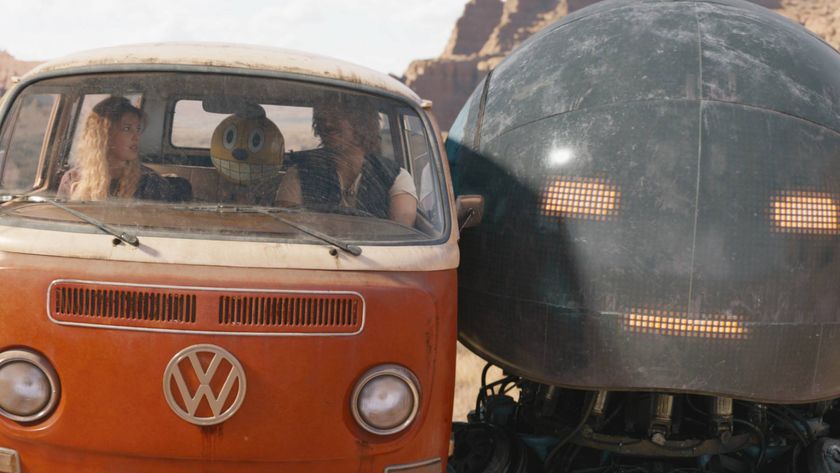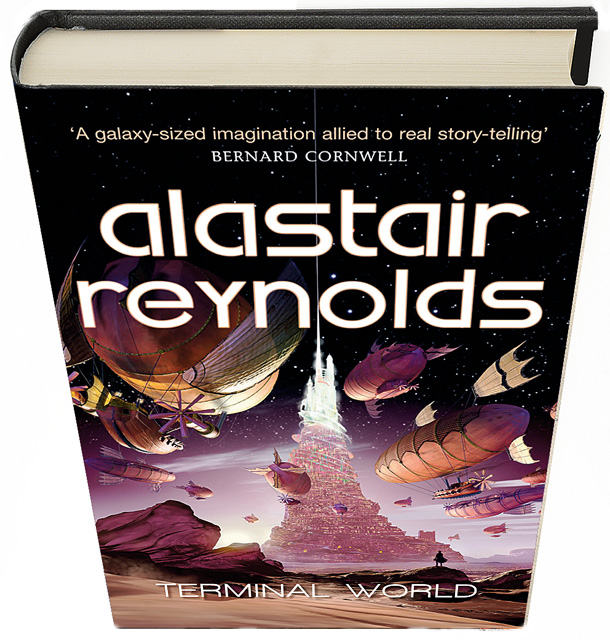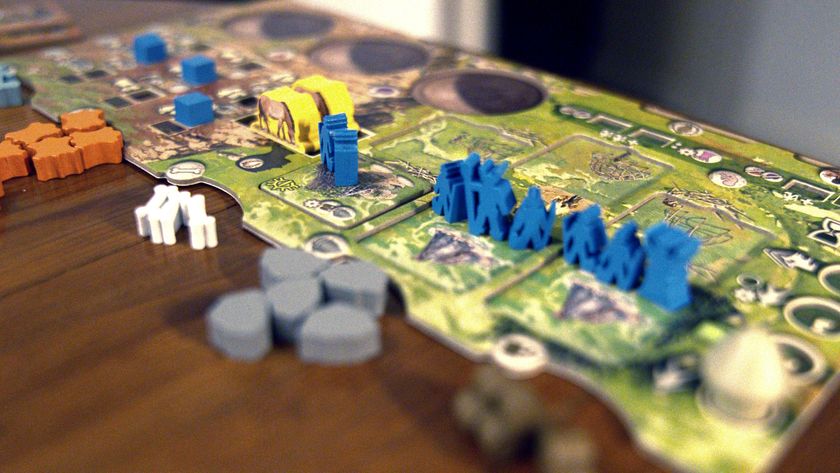Why you can trust 12DOVE
Author: Alastair Reynolds
Publisher: Gollancz • £18.99 • 496 pages
ISBN: 978-0-575-07718-8 • 15 March

Considering it’s a literature supposedly built on speculation, it sometimes seems as if science fiction is a form where mystery mustn’t be allowed to flourish, where things always have to be explained. Wouldn’t it be more exciting if, just sometimes, an author wrote a novel in the style of Gene Wolfe, where the backstory is integral yet somehow stays in the background too, a half-remembered memory that still drives the plot forward?
Simply from a technical point of view, it’s a tough trick to pull off. In particular, it requires the ability to conjure up a believable world without ever spelling out exactly how this world works, or how exactly its civilisation(s) came to be. Who would be brave – or perhaps fool – enough to take on such a challenge?
Step forward million-pound-man Alastair Reynolds, whose new novel is essentially a heady mix of far-future science fiction and steampunk. It begins in Spearpoint, a vast spire that pierces the sky. It’s an exotic locale divided into different city-state zones, each with its own level of technology. While Celestial Heights, for example, is a place of post-humans, “angels”, Horsetown is pre-industrial and accordingly stinky. The nature of reality itself means that people and technologies can’t move easily, if at all, between zones.
Quillon, an angel bio-engineered, for reasons never fully explained, to live in the comparatively high-tech zone of Neon Heights, is an exception. Hidden in plain sight as a pathologist, he’s keeping his head down – until things go wrong and he’s forced to leave Spearpoint in the company of urban warrior Meroka.
If Spearpoint is a gothic-tinged locale that could easily have come from the imagination of China Miéville, what lies beyond is perhaps even scarier. Here are badlands where brain tissue-harvesting machines and Mad Max -esque gangs, Skullboys, roam. Here’s the dead zone of the Bane, a place where no living thing can survive. And here’s the Swarm, an airborne society centred on a vast fleet of airships and led by Ricasso, a man essentially trying to re-invent scientific thought in a world where vast swathes of knowledge have been lost.
The jump from the claustrophobic environs of Spearpoint to the lofty society of the Swarm could hardly be greater. But Reynolds’s narrative rarely falters, although there are some moments where conversations between Quillon and Ricasso, cerebral characters in a book full of those who prefer to live by derring-do, stray into exposition.
Not that this slows the novel up. As Reynolds spins a chance meeting into a subplot that turns out to be the core of Terminal World, this is sci-fi as an intellectual balancing act. That’s fascinating in itself, but we’re offered airborne battles and plenty of action too. Reynolds has never neglected science fiction’s pulp traditions.
There’s a curious paradox here. While Terminal World leaves much unexplained, it’s also the most convincing steampunk novel you’ll ever read. As the details slot into place, it’s refreshing not to be in a nondescript Victorian world where the author appears to be making stuff up on the fly.
This is by no means Reynolds’s most accomplished novel. A new Revelation Space book, you suspect, would be much more smoothly done. However, what’s more important is that Reynolds continues to take chances, to push himself. The fact that Terminal World is so unexpected, so different from anything he’s ever written before, is in a way precisely what we’ve come to expect. And that can only be wholly admirable. Jonathan Wright

Dave is a TV and film journalist who specializes in the science fiction and fantasy genres. He's written books about film posters and post-apocalypses, alongside writing for SFX Magazine for many years.

